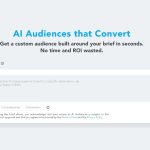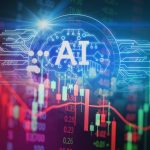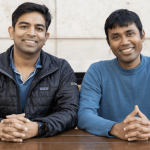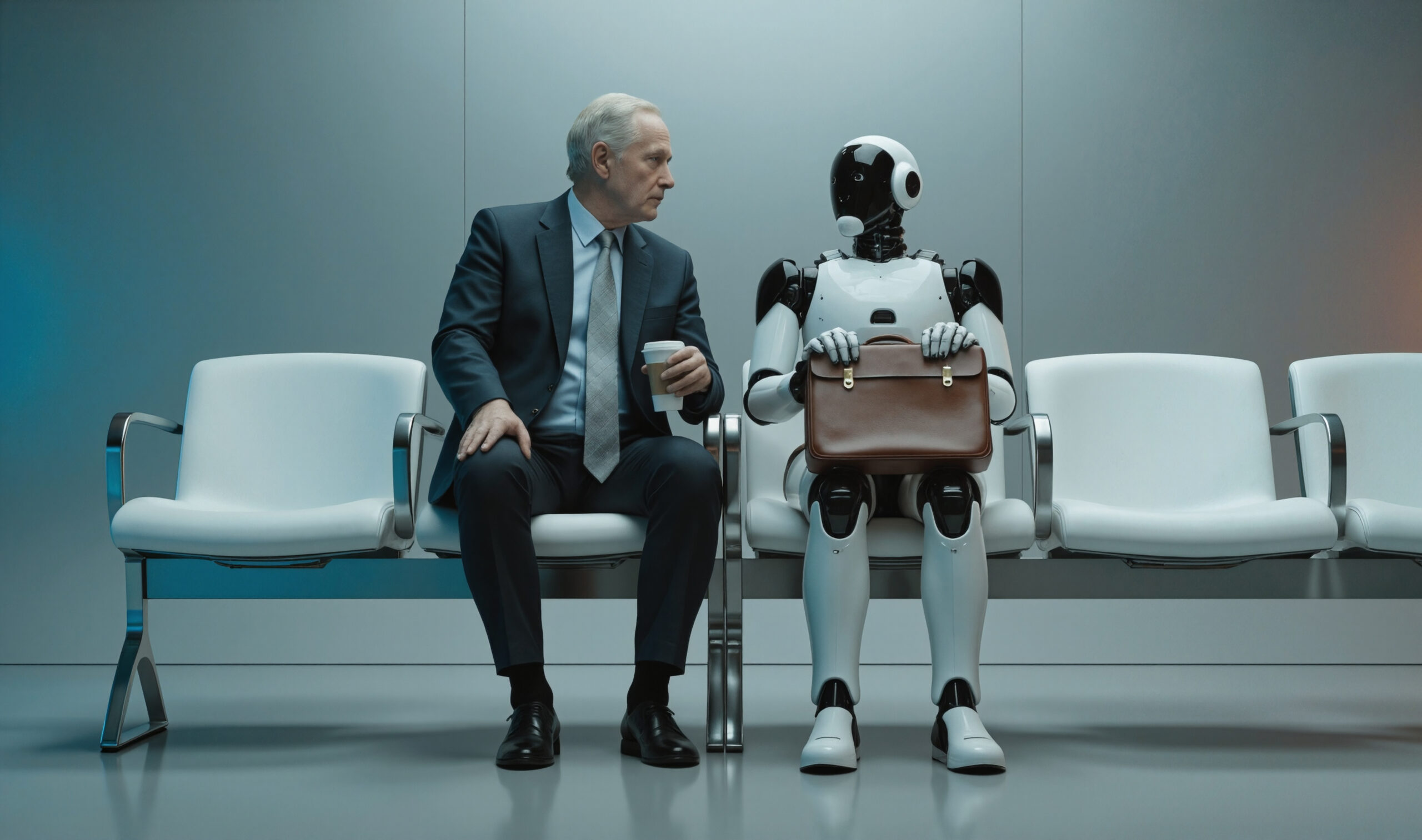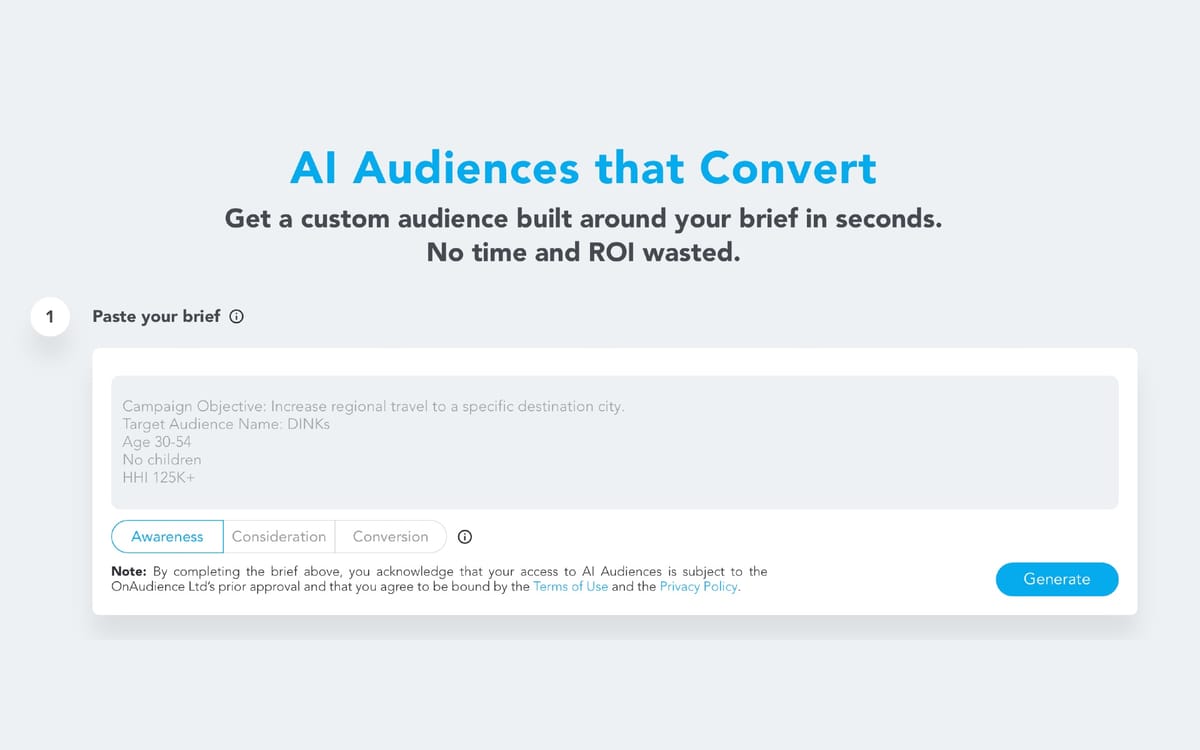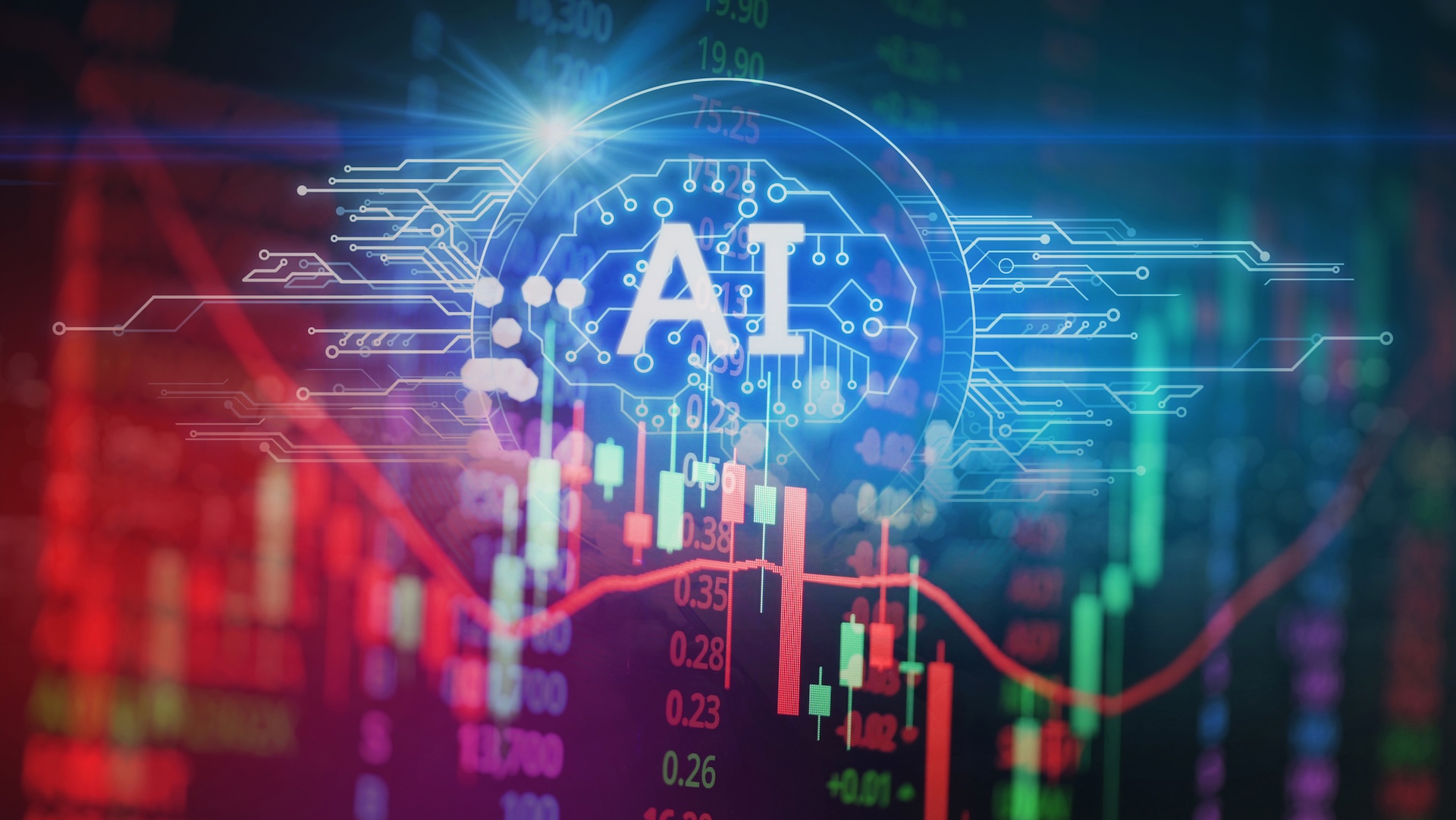Does technology increase employment more or replace more employment? This is a long-standing debate. But recent academic work suggests that technology has been a net destroyer of jobs for decades.
The opinions expressed here are those of the author, CEO and co-CIO of Eurizon SLJ Asset Management.
Artificial intelligence and robotics could quickly accelerate this trend, with significant implications for inflation, the size of government, and U.S.-China relations.
Over the long period of history, technological advances have allowed the emergence of industries, as workers, freed from “old” jobs by machines, were able to move to newer jobs.
Indeed, 60% of workers today occupy occupations that did not exist in 1940, or 74% if we consider only the professional category, which has added the most workers over the past eight decades.
However, recent academic research suggests that we may have reached an inflection point in the United States, where technology is now destroying more jobs than it creates.
David Autor, an MIT economist and winner of the 2005 John Clark Bates Medal, says that since 1980, jobs replaced by automation have not been fully offset by new jobs created.
This reflects the pace of technological change and the fact that progress is now increasingly focused on “professional, technical and managerial occupations,” notes Autor, rather than less skilled work.
He finds that machines that are more powerful than an average human (e.g. a tractor) generally increase work and improve productivity, while machines that are also more intelligent than the average human tend to replace labor.
And AI is poised to become much smarter than most humans.
Although some forms of AI have existed since the 1940s, the immense computing power resulting from advances in semiconductor technologies now allows machines to achieve multidimensional intelligence.
It is therefore reasonable to assume that many workers will be replaced by automation in the coming decades, even if the best AI is never as creative or imaginative as the smartest humans. In fact, a 2019 OEEC report and a 2018 PriceWaterhouseCoopers article claim that about 15 to 30 percent of all jobs in developed markets are at risk of automation.
IMPLICATIONS
If AI turns out to be a net job destroyer, what will be the main implications?
First, it risks being deflationary. High and growing unemployment resulting from ever cheaper and better machines should, in theory, lead to structural deflation, because technologies that can rapidly increase the supply of goods and services should reduce demand if they lead to massive job losses.
Then the U.S. government will likely get even bigger. In a scenario of mass unemployment, the government would likely be forced to intervene to facilitate transfers of income and wealth from owners of robots and technology companies to the unemployed.
And which countries will emerge victorious? Economic winners and losers in the years to come will likely be determined by who can best create and use technology.
The United States and China, both dominant in brain technologies, therefore appear well positioned to thrive in this environment. These economic and technological superpowers have adopted muscular industrial policies, while Europe – the other major regional power – has not yet done so.
It also suggests that even if the trade war between the United States and China is short-lived, the technology war between these two countries could be prolonged – and ultimately far more consequential.
Technology war, unlike trade war, is dynamic, meaning that it is not about challenging the static comparative advantages of nations, but rather about continually evolving and progressing.
Investors would do well to keep this distinction in mind, because the dynamic aspect of tech warfare is likely to become far more important than, say, whether Vietnam is allowed to sell cheap running shoes to the United States.
EXPONENTIAL CHANGE
My opinions here are admittedly speculative. But so are the arguments for why AI and robotics could ultimately create a workforce.
Furthermore, these arguments are often obscured by sloppy references to labor productivity, which is a simple ratio of output to labor input.
When calculating this figure, there is often little explanation of how much of the output should be attributed to the labor factor. For example, should subway drivers consider the value of the entire subway system? Projections based on such dubious assumptions should be viewed with caution.
Finally, it’s also true that populations in many developed markets are aging, so heavy reliance on automation may simply offset shrinking workforces, something we’re already seeing in Japan and South Korea.
But aging, like natural evolution in general, is gradual, while computational and technological evolution accelerates at an exponential rate. Due to the convexity of technological progress, it is difficult not to bet on technology over workers.
(The opinions expressed here are those of Stephen Jen, CEO and co-CIO of Eurizon SLJ Asset Management).
Do you like this column? Check Reuters Open Interest (ROI), your new essential source for global financial commentary. ROI provides insightful, data-driven analysis on everything from swap rates to soybeans. Markets are evolving faster than ever. return on investment, can help you keep up. Track ROI on LinkedIn, And x.
(Writing by Stephen Jen; editing by Anna Szymanski and Michael Perry)
